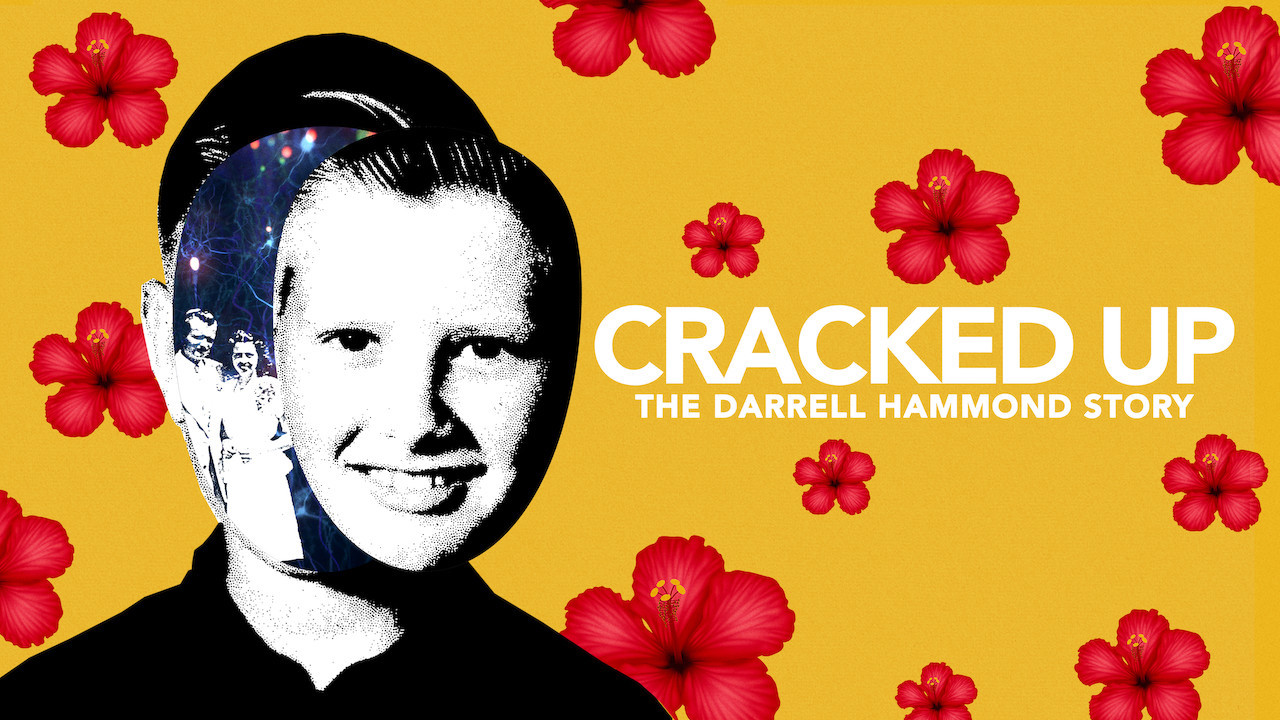Media - Doc - Cracked Up: The Darrell Hammond Story

This documentary turned out to be the perfect piece to start out my media exploration with. Not only does the doc actually feature Dr. Bessel van der Kolk, the author of The Body Keeps The Score, the structure of the documentary also illustrates the way flashbacks manifest as fragmented snapshots, rather than a long drawn out narrative.
In a lot of ways, Cracked Up felt like a general biography of SNL comedian Darrell Hammond. However, sprinkled into the narrative and indicated by a pulsating red screen, Darrell discusses fragmentary passages of his childhood trauma. Between learning of his synesthesia for voices and discussions of what it was like to perform as Bill Clinton for years, written sentences frame the darker aspects of his life, and he goes on to explain much of the aftermath of his trauma: being sent to what he calls "nut houses," his self harm and misdiagnoses.
Many pieces of this film resonated both with The Body Keeps the Score and its descriptions of Trauma. While it is never stated that the filmmaker intentionally made this to coincide with the book, there is a kind of ebb and flow to the piece that makes it feel as though the book was used as an outline. For instance, one section of the film discusses how treatment must be active, and that passiveness will not help you. I found it very key, that almost immediately following, the interview switched back onto Darrell with his childhood friend, discussing a meeting with Darrell's parents just after Darrell had publicly called out his mother for her abuse. While I cannot say for certain, it seemed as though Darrell was disassociating from the conversation a bit at the moment, the very next thing the two men did afterwards was play a game of catch on the baseball field. They did not talk any more about the situation during the activity, and you could see a lot of the life come back into Darrell's eyes, in spite of having just having talked about the time his mother stabbed him through the tongue in his childhood. The physical activity is not mistake here: the director is intentionally showing us a grounding technique without telling us directly that is what they are doing.
Towards the end of the film came something I both had and had not expected: Against the advice from doctors, Darrell went back to his childhood home in order to stand in the same spot that he had been violently abused years earlier, and he felt no trauma. While its hard to say for certain that he was not compartmentalizing, I believe his statement - it appears earnest. This is something I have been tempted to do myself for years but I worried about the ramifications of returning to the sundeck where I had been injured and trapped years ago. I believe, like in this instance, where Darrell found the room to simply be a room, I would find this deck to be just that, a deck. To me, this relates back to how agency can help in traumatic situations. Last time he was there, Darrell felt trapped by an abusive parent, and this time she is not there. I wonder if perhaps it would do me good to go back to the spot where I could not get up before and simply get up. I am also curious if this would be a good thing to include somehow in Here There Be Bears. I would want to discuss this idea with a specialist first, but I feel there is potential there.
You can watch Cracked Up: The Darrell Hammond Story on Netflix now.

Comments
Post a Comment